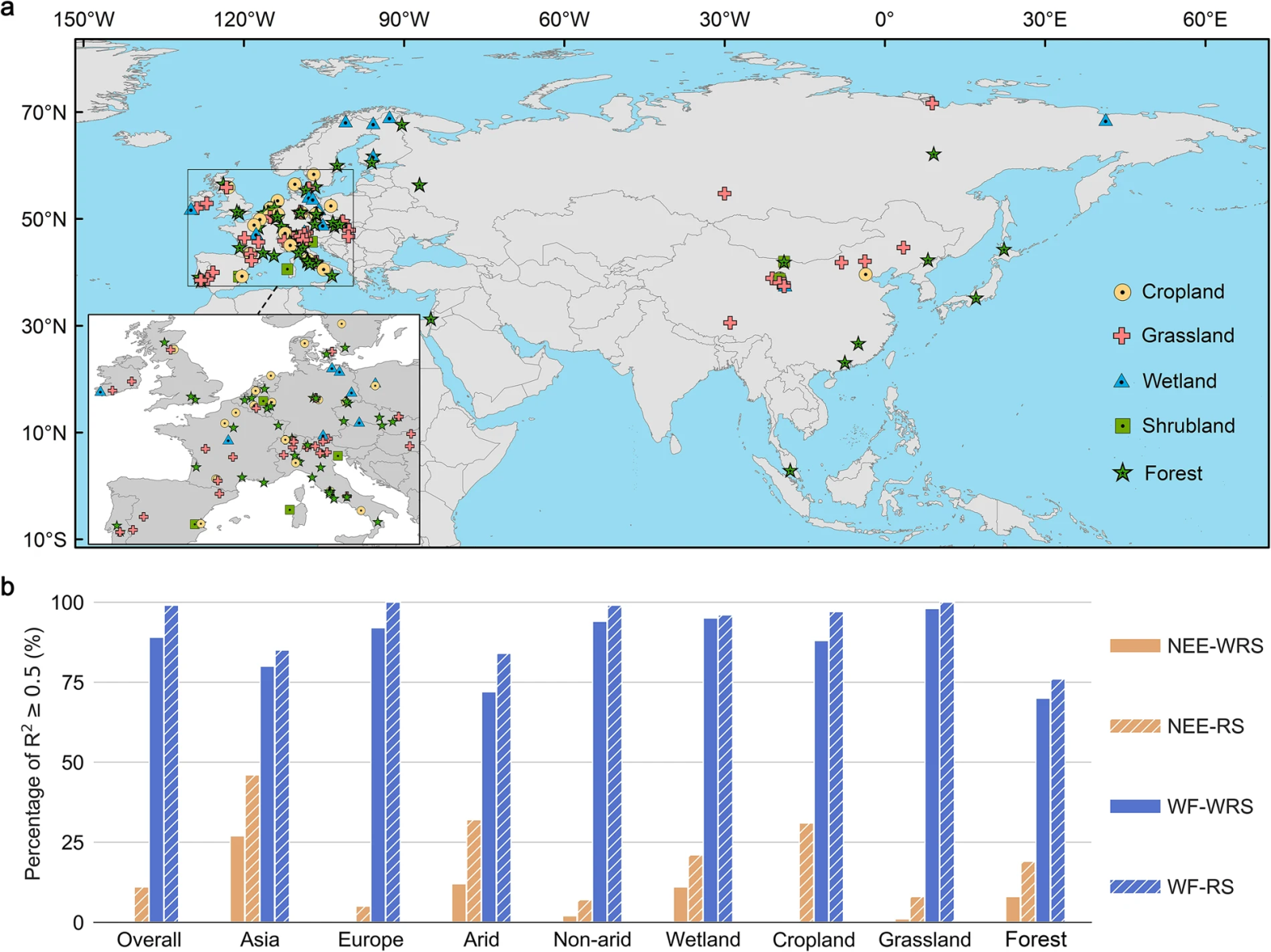Scientific Data| Source | Data |
Scientific Data is a peer-reviewed open-access journal for descriptions of datasets and research that advances the sharing and reuse of research data. Our primary content-type, the Data Descriptor, combines traditional narrative content with structured descriptions of data to provide a framework for data-sharing to accelerate the pace of scientific discovery. These principles are designed to align with and support the FAIR Principles for scientific data management and stewardship, which declare that research data should be Findable, Accessible, Interoperable and Reusable.
The exploration of carbon-water flux data from a more extensive network of meteorological stations presents a promising solution to the persistent challenge of limited observational data in this domain. The research team from Chinese Academy of Sciences has introduced an innovative framework designed to gauge the adaptability of Eurasian carbon-water flux simulation models, specifically the random forest model (RFM), to a diverse array of meteorological stations. To assess the concordance between these models and meteorological station data, a combination of statistical metrics, including the determination coefficient (R2) and Euclidean distance, was employed.

Fig. | Study area and the accuracy of carbon-water flux simulation models (random forest model, RFM). (a) Distribution of the 156 Eurasian flux stations covering five main landscape types. (b) The accuracy assessments of the RFM based on the Eurasian flux stations in the framework of the 10-time 10-fold cross-validation. The figure shows the percentage of the RFMs with R2 ≥ 0.5 tested in the test sets for nine categories.



